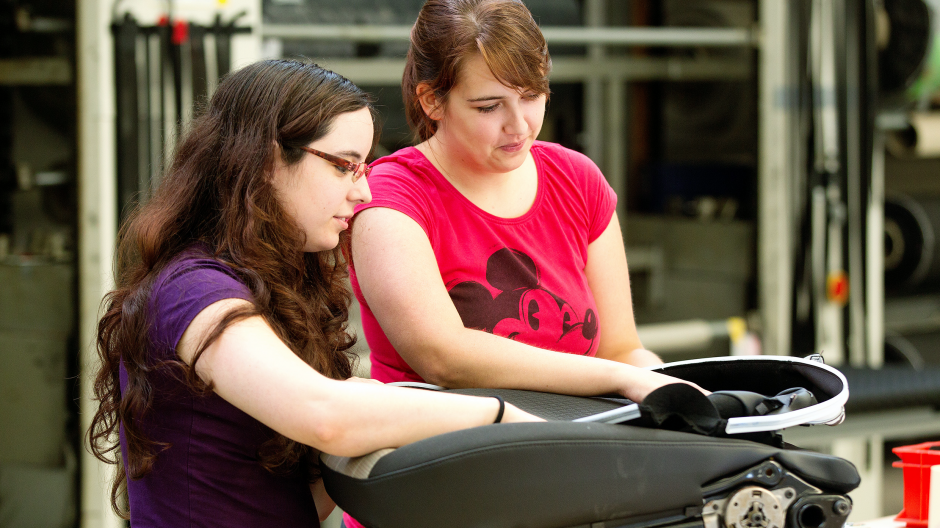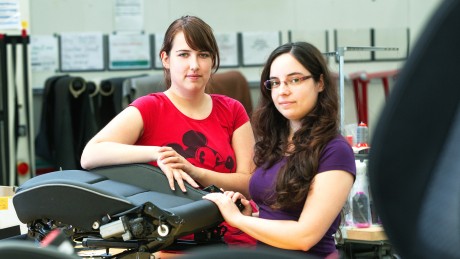

“A regular office job just wouldn’t be for me. I want to work with my hands, to make something.”
—
Vanessa Jimenez-Jimenez

When it comes to the value perception and overall look and feel of a vehicle, the details are often the decisive factor. For vehicle interiors, one vital detail is the upholstery: workmanship, color, the shape of the seams, etc. Most people don’t realize how much more stylish these features can make a vehicle’s interior until they take a second look – but that second look is worth it. It will make you wonder how many individual elements are required to sew a single piece of upholstery.
Sometimes it takes around 50: more than you’d need for a tailored suit. Vanessa Jimenez-Jimenez is one of the few employees at the company who can provide a precise answer to this question for nearly every Opel model that has rolled off the production line in recent years, including all the different versions and related models. After all, the Astra, Corsa, and similar vehicles are all constructed based on global platforms that are used by Buick, Holden, and Chevrolet, as well.
FROM SCISSORS TO COMPUTER MONITOR
Jimenez-Jimenez, a 20-year-old native of Spain, has tailored upholstery patterns for the seats of these vehicles: or, rather, she developed them. “Developed” is the term that the vehicle interior designers in the trim shop at ITEZ in Rüsselsheim prefer. They do more than just sew leather and cloth seat covers according to design specifications; they also produce the necessary patterns and cut the foam for the seat padding, for instance. And they digitize the finished pieces of upholstery. These CAD (computer-aided design) files are then sent to the supplier responsible for series production. The trim shop in Rüsselsheim is the only one of its kind in the world of GM.
Vanessa Jimenez-Jimenez is starting the third year of her apprenticeship this fall, alongside Anne Schmidt, who became an apprentice in vehicle interior design in 2013. “I was actually interested in learning how to construct technical models,” says Schmidt. “But the apprenticeship positions in that field at Opel were already taken.” So the company offered her an internship in the trim shop. She accepted – and discovered that she really enjoyed the work. “A regular office job just wouldn’t be for me. I want to work with my hands, to make something.”
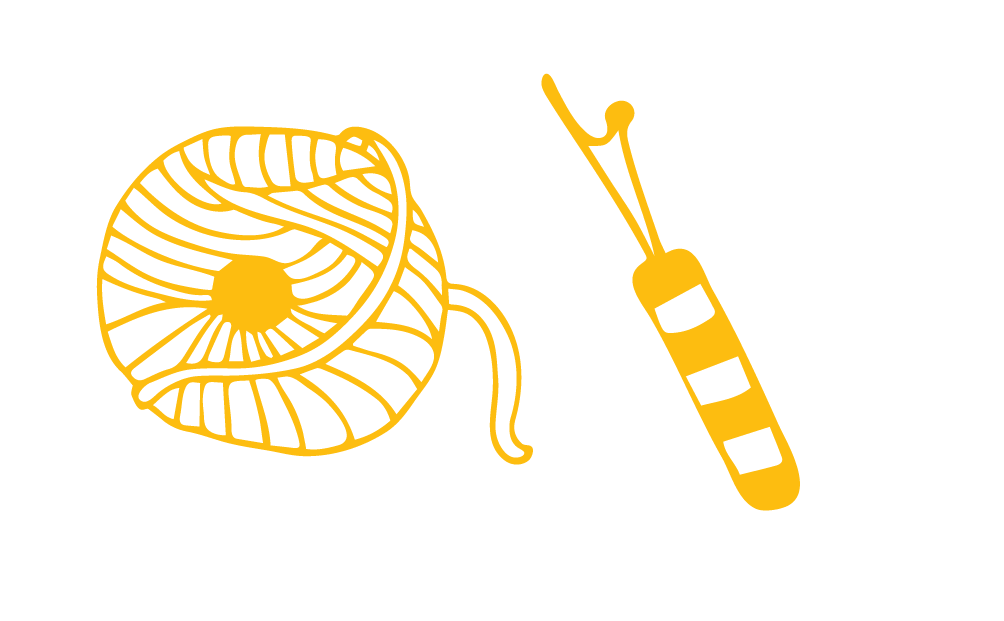
“During the first year of the apprenticeship, just to get into the swing of things, we were allowed to sew things for ourselves, like backpacks or bags. I was able to give my creativity free rein.”
—
Vanessa Jimenez-Jimenez
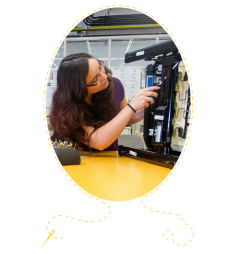
Their tools are not only a needle and thread: One of the tasks Vanessa Jimenez-Jimenez has to manage is attaching the cover to the seat frame.
COLLEGE IS PLAN B
She applied for the apprenticeship program and was accepted immediately. “During the first year of the apprenticeship, just to get into the swing of things, we were allowed to sew things for ourselves, like backpacks or bags. I was able to give my creativity free rein.” This was what really sparked her passion for the job. Vanessa Jimenez-Jimenez is particularly pleased about the fact that she can still be creative at work, even though she’s settled into a routine. That’s why she’s already sure that she wants to stay with the department once her apprenticeship is complete. And what about college? “That would be Plan B.”
“This apprenticeship provides a strong foundation for a college degree program in design or textiles engineering,” explains Reinhard Kessler, project manager in the trim shop. A handful of the vehicle interior design trainees in recent years took advantage of that opportunity, but the majority of them stayed with the company – and that’s a good thing. The new employees rejuvenate the team and also do their part for gender equality at Opel: Nearly all of the applicants are female.

PASSING ON EXPERTISE TO A NEW GENERATION
An interesting fact: The vehicle interior design training program was absent from Opel’s program of studies for nearly 20 years. In the early 1990s, when upholstery production was handed off to suppliers, the company decided to stop training upholsterers in-house. However, the trim shop had to keep producing upholstery patterns. “Our team was aging, and we weren’t able to pass on our expertise to a new generation,” explains Reinhard Kessler. “And it’s nearly impossible to find anyone on the free market who is specially trained to develop upholstery for mass-produced vehicles.”
For this reason, the supervisors campaigned to have vehicle interior design restored to Opel’s program of studies. And they succeeded. Every year from 2010 to 2013, the company hired two apprentices in the field. This fall, two more young high school graduates will start training to become vehicle interior designers.
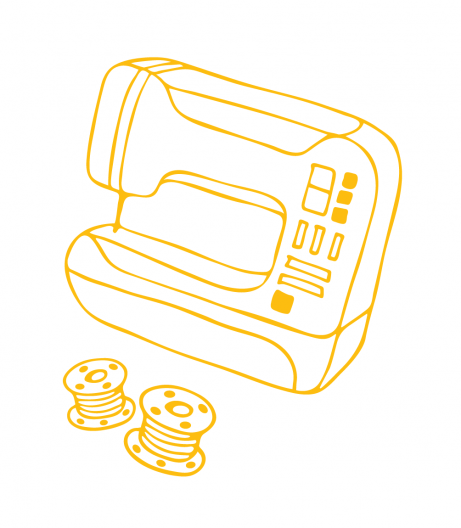
A LITTLE SEWING LESSON
Sewing the front seat upholstery for a basic model takes about 30 minutes. The company works with materials like leather (usually cowhide) or fabrics like polyester that are “clad,” which means they have a layer of foam glued to them. Faux leather made of PVC, non-woven fabrics, and other synthetics are also used in GM vehicles.
During their apprenticeships, the budding vehicle interior designers learn about nearly every standard sewing technique. However, the industrial sewing machines at the trim shop almost exclusively produce a “double lock stitch.” This stitch uses two threads that are intertwined in the middle of the work piece, ensuring that the seam looks exactly the same on both sides of the product. The most important factor in ensuring that the stitch is durable is making sure that the sewing machine tension is properly set.

